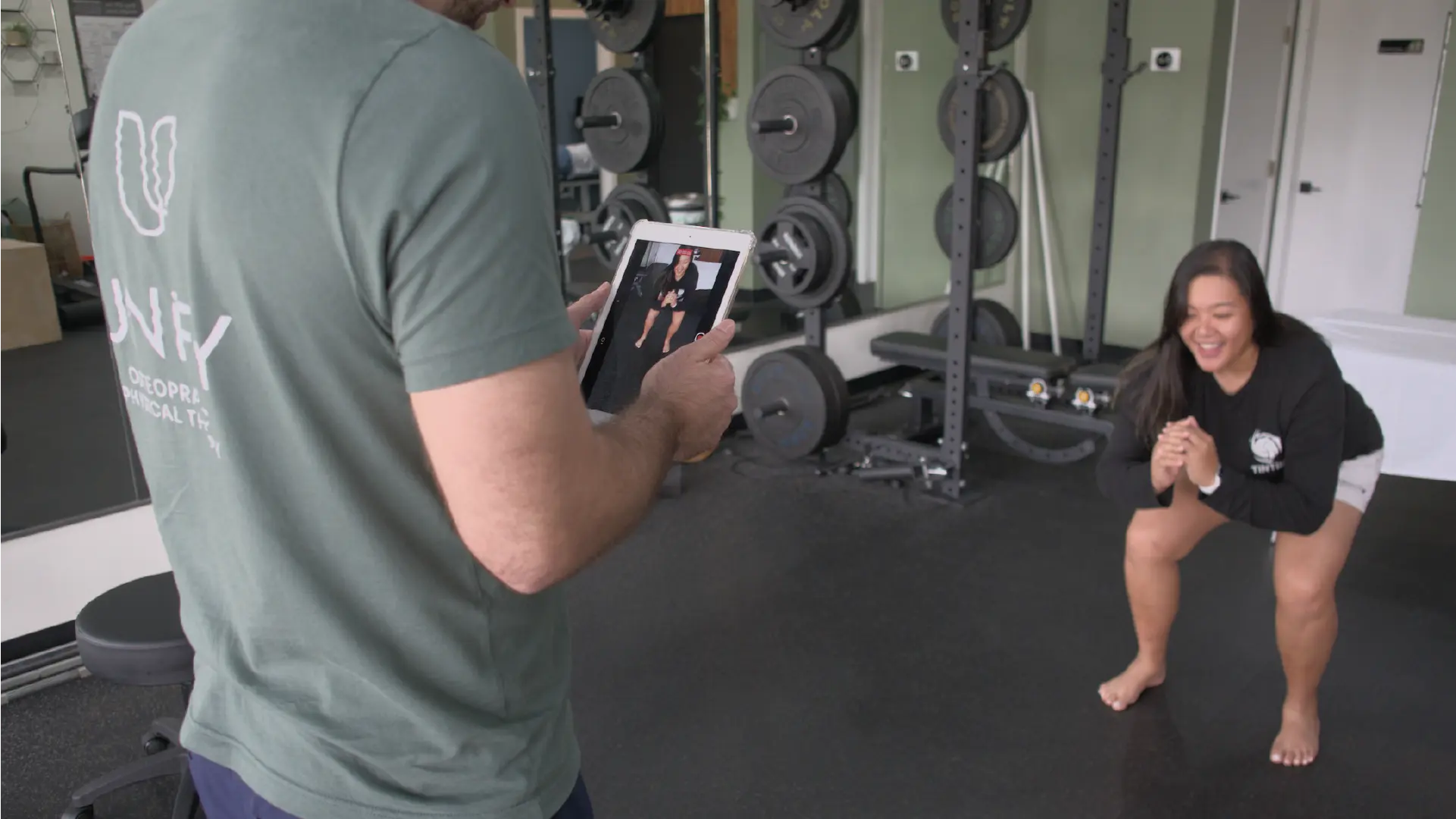The hip joint is commonly affected by various conditions, often related to age. Younger individuals typically experience hip pain due to muscle and tendon instability, while older adults are more likely to suffer from hip pain caused by arthritis or degenerative changes. Common conditions include osteoarthritis, often leading to total hip replacements, and Greater Trochanteric Pain Syndrome (GTPS). GTPS may result from labrum degeneration, a cartilage ring stabilizing the joint, or issues with the surrounding tendons. Effective treatments depend on accurate diagnosis and early intervention.

This is a common form of arthritis that affects the hip joint, causing pain, stiffness, and reduced mobility, especially during weight-bearing activities.
Inflammation of the bursa sacs located near the hip joint can lead to pain, tenderness, and swelling on the outside of the hip, often aggravated by prolonged standing or walking.
Fractures of the hip can occur due to falls or trauma, resulting in severe pain, inability to bear weight on the affected leg, and possible deformity of the hip joint.
The labrum is a ring of cartilage that lines the hip socket, and tears in this structure can cause pain, clicking or locking sensations, and feelings of instability in the hip joint.
This condition involves abnormal contact between the ball of the femur and the acetabulum of the hip socket, leading to pain, stiffness, and restricted hip movement, especially during activities like squatting or pivoting.
This is a congenital condition where the hip joint doesn’t develop properly, leading to instability, pain, and an increased risk of hip dislocation.
Inflammation of the bursa sacs near the greater trochanter (the bony prominence on the side of the hip) can cause pain and tenderness on the outer hip, often worsened by activities like climbing stairs or lying on the affected side.
This condition involves the loss of blood supply to the hip joint, leading to bone death and eventual collapse of the joint, resulting in pain, limited mobility, and potential need for hip replacement surgery.
If you or a family member have been dealing with persistent pain for more than three weeks without improvement, a visit to a licensed physical therapist could be highly beneficial. While many aches and pains improve on their own, ongoing issues often need a professional evaluation from a musculoskeletal expert.
All information on this website is intended for instruction and informational purposes only. The authors are not responsible for any harm or injury that may result. Significant injury risk is possible if you do not follow due diligence and seek suitable professional advice about your injury. No guarantees of specific results are expressly made or implied on this website.
© unifypt.com | All rights reserved